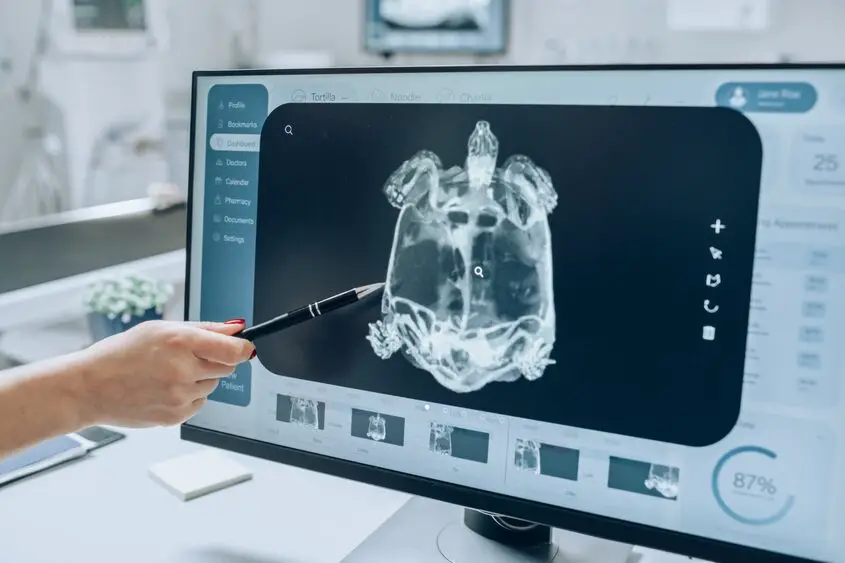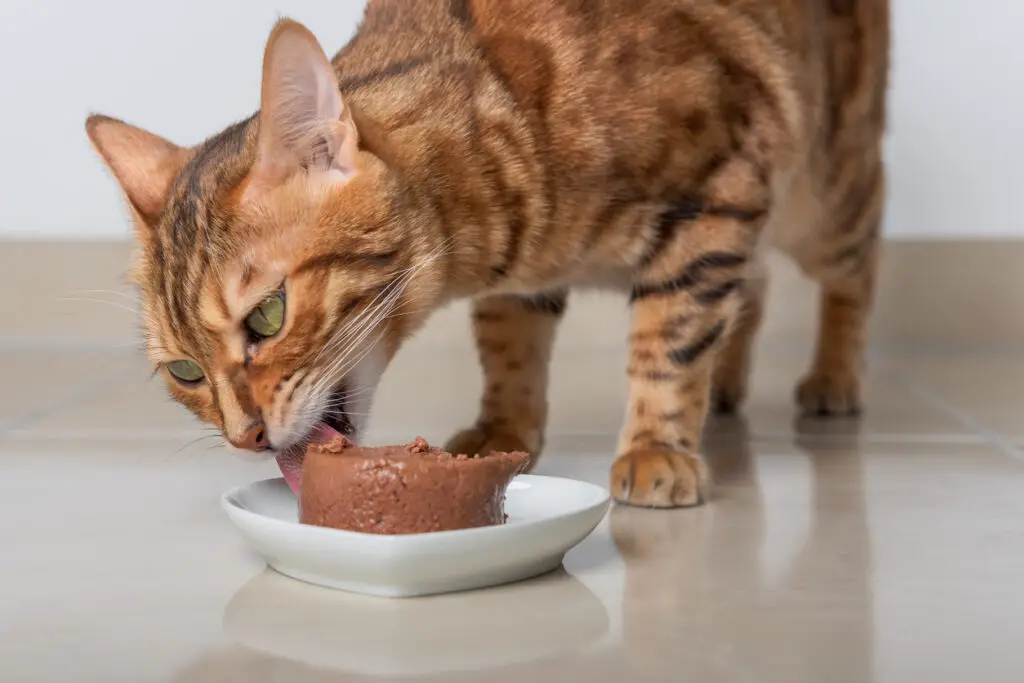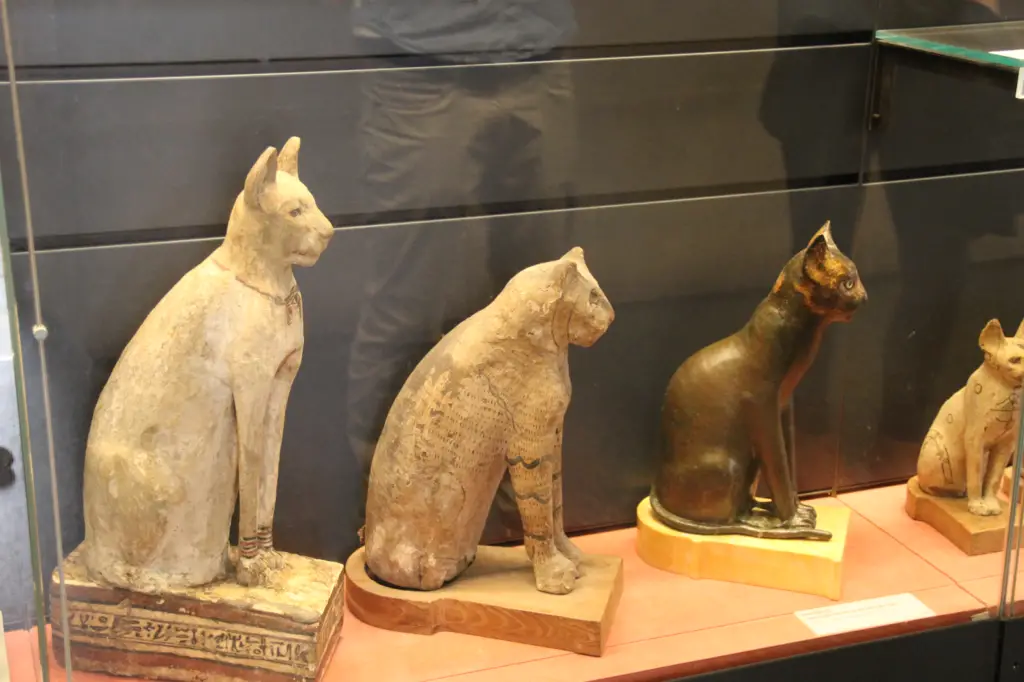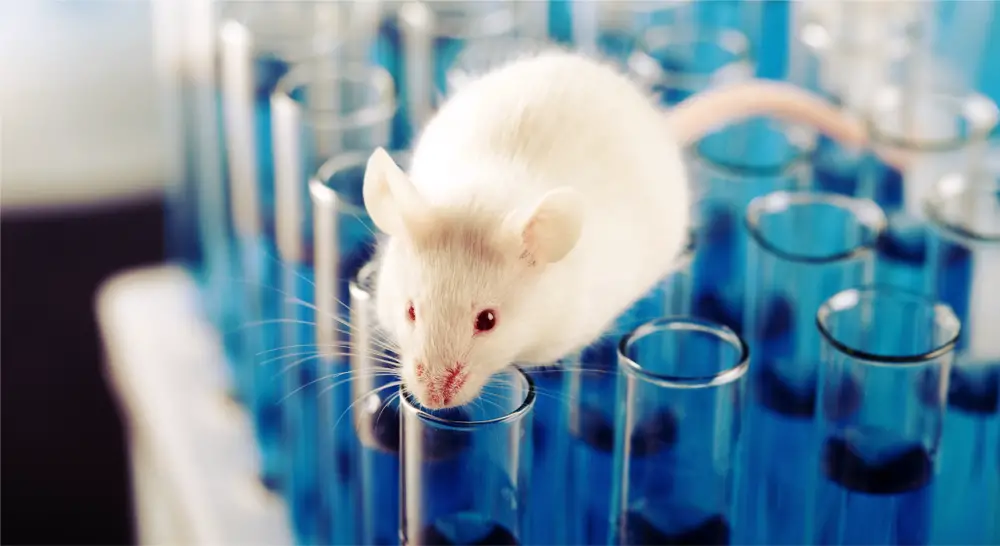1. Solving the Mystery of Mixed-Breed Pets

Have you ever looked at your pet and wondered, “What exactly are you?” Mixed-breed dogs and cats can have the most unique appearances, with spots from one breed, ears from another, and a personality all their own. DNA tests are giving pet owners the chance to finally put the guessing game to rest. With just a simple cheek swab, pet parents are unlocking their furry friend’s ancestry, often with surprising results. Many discover breeds they never expected, like a tiny lap dog having traces of Great Dane or a fluffy tabby cat carrying the genes of a wild-looking Maine Coon.
Beyond curiosity, knowing your pet’s genetic background can actually be helpful. Different breeds have different needs when it comes to diet, exercise, and even grooming. A dog that’s part Husky, for example, might have a natural need for colder environments, while a cat with Siamese heritage may be extra vocal. Understanding these genetic quirks allows owners to tailor care to their pet’s specific needs. Plus, it’s always fun to impress people at the dog park with an unexpected breed mix!
2. Spotting Hidden Health Risks Before They Show Up

Wouldn’t it be amazing if you could predict your pet’s future health concerns? DNA tests don’t just reveal breed ancestry—they also screen for genetic conditions that could affect your pet down the line. Some breeds are more prone to issues like hip dysplasia, heart disease, or certain allergies. By knowing your pet’s genetic risks in advance, you can work with your vet to prevent problems before they even start.
For example, if a DNA test shows that your dog has a high likelihood of developing joint issues, you can start supplements early or adjust their diet to support bone health. If your cat has a genetic predisposition to kidney disease, regular screenings and dietary changes can make a huge difference. These tests give pet owners peace of mind and a proactive way to keep their furry companions healthier for longer. It’s like giving your pet a personalized health roadmap!
3. Understanding Behavior Through DNA

Have you ever wondered why your dog seems obsessed with digging, or why your cat has a love for climbing? DNA testing can actually offer some fascinating insights into your pet’s behavior. Many behaviors that seem quirky or random are actually linked to specific breeds. For instance, herding breeds like Border Collies have an instinct to chase and round things up—even if that just means herding the kids in your backyard.
Likewise, a cat with Bengal ancestry might be unusually active and athletic, always looking for high places to jump to. Knowing your pet’s genetic makeup can help explain why they act the way they do and give you ideas for enrichment activities that fit their instincts. Instead of fighting against their natural tendencies, you can work with them—giving a retriever plenty of fetching games or a terrier more digging-friendly outlets. DNA testing helps you see your pet’s quirks as part of their heritage rather than just “weird” habits.
4. Connecting with Long-Lost Siblings or Relatives

Yes, pet DNA tests can even help track down long-lost family members! Some companies have massive pet DNA databases, and when you test your pet, they compare the results with others in their system. This means you could find out that your dog has a sibling living just a few miles away, or that your rescue cat shares DNA with a feline across the country.
Some pet owners have even arranged playdates or reunions with their pet’s long-lost relatives. Imagine adopting a mixed-breed dog from a shelter, only to find out later that their littermate was adopted by someone in the same city. These connections add another layer of meaning to pet ownership, turning DNA tests into more than just a scientific curiosity—they become a way to build relationships and uncover surprising family ties.
5. Solving Adoption and Shelter Mysteries

For many pet owners who adopt from shelters, their pet’s past is a complete mystery. Where did they come from? What’s their history? DNA tests are helping rescue pet owners fill in the blanks. Whether it’s learning about the breeds that shaped their dog’s personality or discovering why their cat has such striking markings, these tests bring answers to the unknown.
Many adopters find that knowing a pet’s genetic background helps them understand their behavior better. A high-energy rescue dog might have sporting breeds in its DNA, explaining its constant need to run and play. A seemingly aloof cat might have genetics linked to independent wild ancestors. By understanding where their pet came from, owners can approach training, socialization, and bonding in a way that truly fits their pet’s needs. It turns a mystery into a meaningful journey of discovery.
6. Uncovering Ancient Ancestry

Did you know that some DNA tests can trace your pet’s lineage back thousands of years? Some pets have genes that link them to ancient breeds or even wild ancestors. For example, some domestic cats still carry traces of their wildcat relatives, and certain dogs may have DNA linked to wolves. Finding out that your fluffy housecat shares DNA with wild jungle cats can be both surprising and fascinating.
This kind of insight helps owners understand not only their pet’s history but also their instincts. A dog with ancient sighthound lineage may have an extra-strong prey drive, while a cat with wild ancestry might be more independent. It’s incredible to think that the pet lounging on your couch has genetic ties to creatures that roamed the earth centuries ago. These DNA tests reveal how deeply connected today’s pets are to their distant past.
7. Discovering Rare and Unique Breeds

Not all pets are a simple mix of well-known breeds—some carry the DNA of rare or unexpected lineages. DNA testing has revealed fascinating results, with some dogs showing traces of ancient or nearly extinct breeds. Some cat owners have discovered their pet has ancestry linked to rare breeds like the Sokoke or Turkish Van. These findings not only make for great conversation starters but also help owners understand their pet’s physical traits and behaviors better.
Imagine thinking your dog is just a Labrador mix, only to find out they have traces of a rare European hunting breed. Or realizing that your cat’s water-loving habits come from its Turkish Van heritage. These tests shed light on the diversity within a single pet’s DNA and remind us how interwoven different breeds have become. It’s exciting to learn that your pet carries a little bit of history in their genes!
8. Tailoring Diet and Nutrition to Genetics

Every pet owner wants their furry friend to be as healthy as possible, and DNA testing is helping with that in unexpected ways. Just like in humans, a pet’s genetics play a role in how they metabolize certain foods. Some breeds have sensitivities to grains, while others require higher protein levels to thrive. Knowing a pet’s genetic makeup allows owners to create a diet that suits their specific needs rather than following generic feeding guidelines.
For example, some dog breeds are more prone to weight gain, requiring a carefully controlled diet. Others may have a genetic predisposition to food allergies, meaning a grain-free or hypoallergenic diet could improve their well-being. Even a cat’s hydration needs can be linked to their ancestral diet—desert-origin cats tend to require more moisture in their food. By aligning a pet’s diet with their DNA, owners can provide optimal nutrition and potentially prevent long-term health issues.
9. Solving the Mystery of Coat Colors and Patterns

Why does your black cat have random white patches? How did your dog end up with a spotted tongue? DNA testing can reveal the genetic origins behind unique coat colors and patterns. Some traits are inherited in surprising ways, and pet DNA tests often uncover recessive genes that explain unusual appearances. Even siblings from the same litter can have vastly different looks due to hidden genetic combinations.
For example, a dog that looks completely golden might have a recessive gene for brindle, which could show up in future generations. A cat’s striking blue eyes might be linked to its Siamese heritage, even if it doesn’t look like a traditional Siamese. These discoveries make pet DNA testing even more fascinating, as they reveal how genetics shape everything from fur length to nose color. Plus, it’s fun to finally understand why your pet looks the way they do!
10. Learning About Evolution and Domestication

Beyond just identifying breeds, DNA tests can reveal clues about how animals evolved over time. Some testing companies offer insights into how certain breeds were developed and what traits were intentionally bred into them. For example, herding dogs have strong instincts because their ancestors were selectively bred for those skills. Similarly, some domestic cats still carry the genes that made their wild ancestors exceptional hunters.
Understanding these connections makes pet ownership even more meaningful. It’s fascinating to think about how wolves gradually became today’s loyal companion dogs or how wildcats turned into affectionate house cats. Even in modern times, some breeds retain characteristics that link them to their past—whether it’s a Basenji’s lack of barking or a Norwegian Forest Cat’s thick, water-resistant coat. DNA testing turns our pets into living history lessons, showing how their genetics were shaped over thousands of years.
11. Contributing to Scientific Research

When you test your pet’s DNA, you’re not just getting personal results—you might also be helping researchers understand pet genetics better. Some DNA companies use collected data to study disease patterns, breed history, and even behavioral traits. By participating in these studies, pet owners contribute to the broader understanding of animal health and evolution. It’s a small but significant way to advance veterinary science.
For example, researchers have identified gene markers for certain diseases thanks to large DNA sample collections. This information helps vets develop better treatments and preventive care strategies. It also allows breeders to make more informed decisions about reducing genetic disorders in purebred animals. So, when you swab your pet’s cheek, you’re not just learning about them—you’re also helping shape the future of animal care.
12. Exploring the Exotic Pet DNA Market

While dog and cat DNA tests are the most common, other pet owners are getting in on the action too. DNA testing for birds, reptiles, and even rabbits is becoming more popular. Parrot owners, for instance, can learn about the exact species and subspecies of their feathered friends. Some exotic pet DNA tests even reveal gender, which can be surprisingly difficult to determine in certain species.
Reptile enthusiasts are also using DNA testing to verify lineage and genetic traits in their snakes or lizards. Even horse owners are turning to genetic testing to confirm breed ancestry and inherited health traits. As DNA testing expands beyond traditional pets, more owners are unlocking the secrets of their animal companions. It’s exciting to think about where this technology will go next—maybe even testing for fish or guinea pigs!
13. Strengthening the Bond Between Pets and Their Humans

At the end of the day, DNA testing is about more than just science—it’s about deepening the connection between pets and their owners. Learning about a pet’s genetic background makes them even more special in the eyes of their human families. Knowing where they come from, what makes them unique, and how to care for them based on their genetics strengthens the bond between pets and people. It turns pet ownership into a journey of discovery.
Plus, it’s just plain fun! Finding out that your tiny Chihuahua has wolf ancestry or that your orange tabby carries wildcat genes adds to the joy of having a pet. It makes their quirks, habits, and health needs feel even more personal. And who doesn’t love sharing fascinating DNA results with friends and family? Pet DNA testing isn’t just about information—it’s about celebrating everything that makes our furry, feathered, or scaly companions extraordinary.


